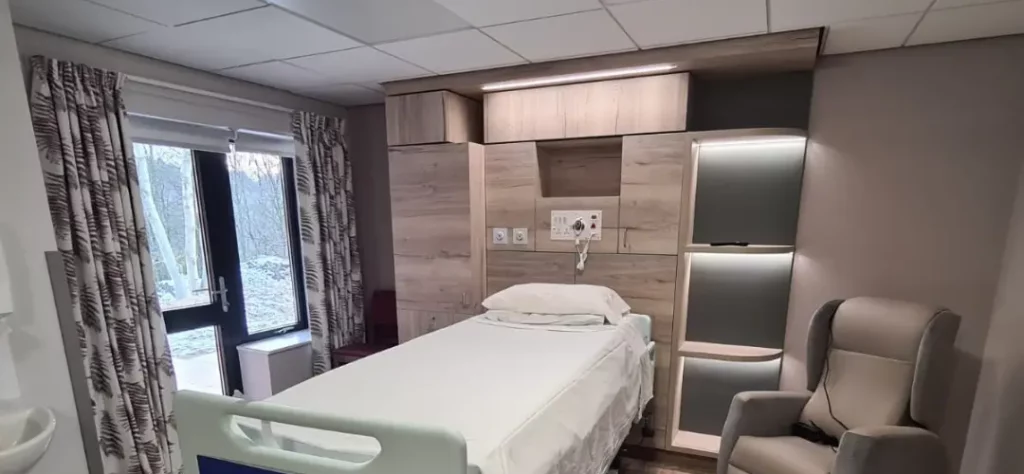The importance of good hospice beds
Welcome to our blog where we delve into the crucial topic of hospice beds. As a fundamental aspect of end-of-life care, hospice beds play a pivotal role in ensuring comfort, support, and dignity for patients.
No matter how tough your day is, your bed is always there at the end of it all to give you a comfy, supportive hug. And even if you’ve got the flu and you don’t have the strength to make it to your couch, then your bed is there to keep you warm and cosy.
So if that’s how much support you get from your own bed, then how much support do you think beds give to people at the end of life?
It’s incredibly important for hospices to invest in beds that will give their patients the best quality of life, so let’s take a look at what these beds should include.
How many hospice beds in the UK?
Between 2016 and 2017, there were around 796,000 overnight stays in inpatient hospice care across the United Kingdom. That averages out to 2175 beds being used in hospices every single night.
The same study found that there are approximately 2760 beds in inpatient hospice units, and every single one of these beds must provide the best level of comfort and care to anyone who uses them.
Along with the rising quality of life and life expectancy rates in the UK, the demand for hospice care is increasing as well. With that in mind, hospices will be looking to invest in more beds that can deliver on all fronts.
Profiling hospice beds
When someone is ill, they can lose the ability to reposition themselves independently. This is precisely why having a profiling care bed is important in hospices.
Profiling beds can be adjusted to keep the patient comfortable. Whether it’s raising the backrest so that they can chat with others, or if it’s raising the feet to reduce swelling, profiling care beds offer a good solution.

What with the mechanical functions of a profiling bed, you might expect it to look a bit clinical. Fortunately, design has come a long way in the healthcare sector and you can now get a variety of profiling care beds that look no different to a traditional bed.
The Formidabel Profiling bed range is a particularly homely-style care bed that hospices choose. Every bed offers complete profiling abilities without looking out of place or medical.
Beds that stop falls
Falls are a huge issue in hospices, and people falling out of bed can be easily avoided with the right bed. But that doesn’t mean that your bed needs to have bulky prison-like siderails.
There are some hospice beds with built-in sidepanels that have been specially designed to keep patients safe and well without looking too distressing. These can also double-up as a stand-aid to help patients get to their feet and sit back down on the bed if they need something to hold on to.
One bed in particular is a popular choice with hospices; the Formidabel. The Formidabel has unique mesh side panels that can be pulled up to whatever height is necessary to give you peace of mind that the patient is at no risk of falling out of bed.
Palliative care beds
Understandably, hospices treat people at all stages of life — including the last period of time before they pass away. In this case, hospices may need to switch to a more high-dependency bed.
In that case, a hospital-style bed may be more appropriate to ensure that the patient has everything they could possibly need in one place.
The Interlude beds are crammed full of different features that will help to keep a person comfortable and supported at the end of life. Not only do they have profiling capabilities and split siderails for falls prevention, but they also feature advanced controls that will allow nurses to control the bed with ease.
Summary
In conclusion, hospices need to make sure they’ve got the best equipment if they want to deliver the best care and beds is just one facet of that. Beds are one of the main sources of support and comfort for patients, so they need to deliver at all times.
Check out our other blogs on Hospices
How does hospice care at home work?
Facilitating Dementia Care in Hospices
Maintaining Comfort in End of Life Care
Can we help with anything?
Be sure to use the contact form and reach out to us if you have any questions about the content above.